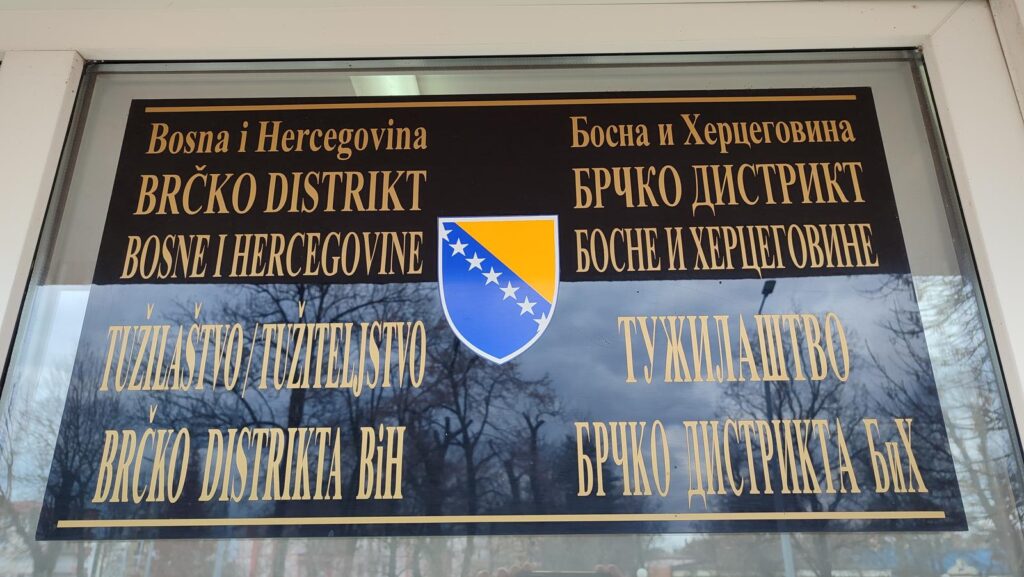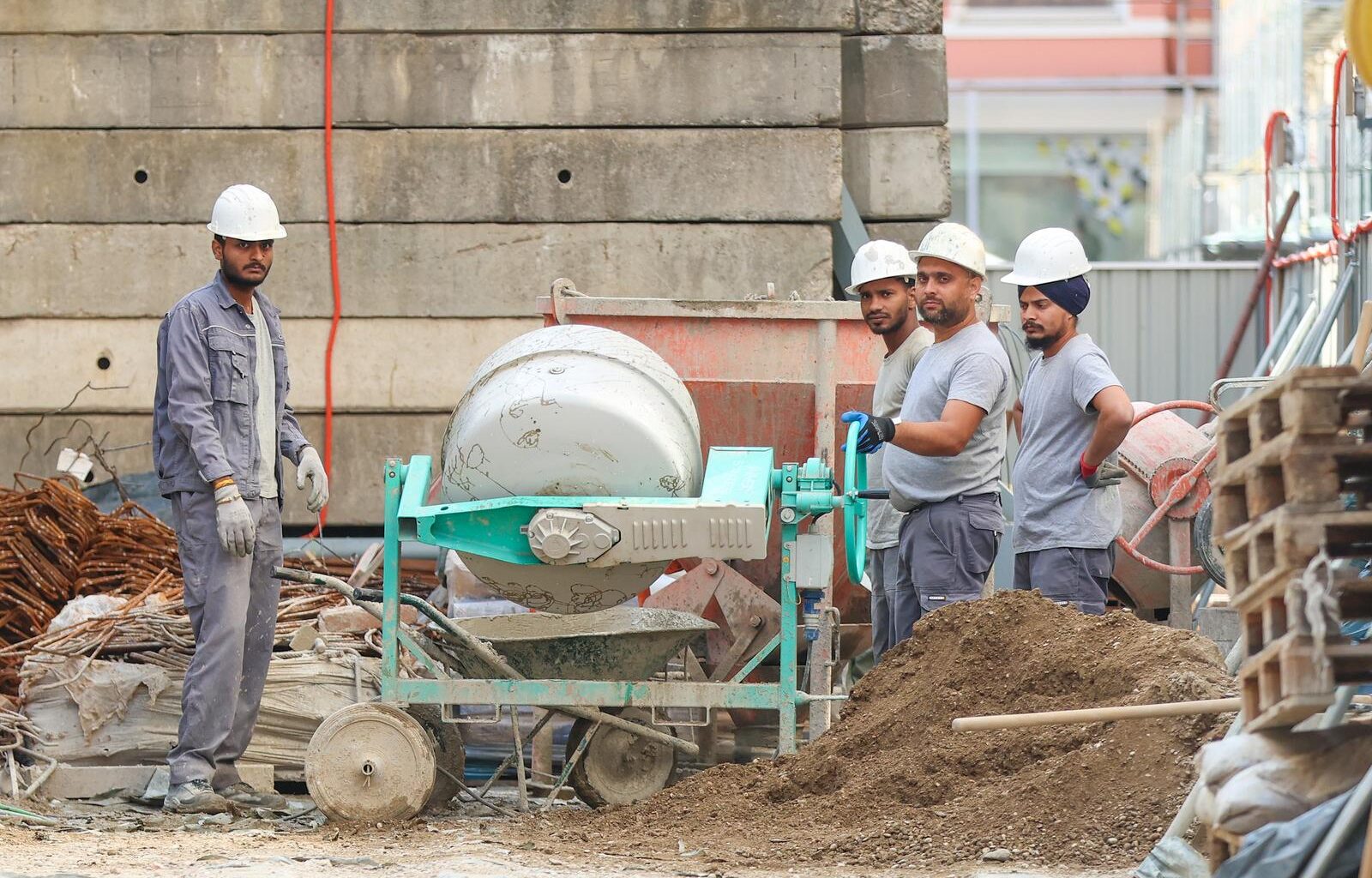October the 9th, 2025 – For the first time in three years, the number of Croatian work permits issued to foreigners from third countries (non EU/EEA) is dropping significantly. It’s a result of numerous factors, and isn’t necessarily positive.
As Poslovni Dnevnik writes, as things currently stand, the multi-year series of strong growth in the number of Croatian work permits issued for foreigners appears to be (at least for now) behind us. After increasing by 2.5 times in the past three years, to more than 206,000 such permits issued last year, in the first nine months of 2025, the dynamics have slowed down and.
If this trend continues until the end of the year, the number of Croatian work permits issued to foreigners could fall below 180,000. According to the latest data from the Ministry of the Interior (MUP), by the end of September 2025, slightly less than 136.2 thousand permits were issued, which is 22.6 thousand or 14.3 percent less than in the same period last year. In addition to the fact that the stricter rules for issuing permits within the Law on Foreigners have been in force for more than half a year now, which has generally introduced more order in this area, part of the explanation for the aforementioned decline is probably the gradual slowdown in construction renovation activities. Such activities primarily related to Zagreb and the post-earthquake repairs, in which construction companies often needed to resort to (predominantly unskilled) workers from so-called third countries (outside the EU).
salary growth is enticing local workers
 Dusko Jaramaz/PIXSELL
Dusko Jaramaz/PIXSELL
With the growth of salaries, certain jobs are finally becoming somewhat interesting for local workers, and we’re also witnessing a constant gradual increase in the number of pensioners who “decide” to work part-time in addition to drawing their monthly pension. The reality is that this often isn’t so much a “decision” but a necessity, and the situation is far from rosy.
According to the latest data from the Croatian Pension Insurance Institute, in the middle of this year, more than 37.5 thousand people drawing their pensions were still working, which is 17 percent (or about 5.5 thousand) more compared to the same month last year. When it comes to the latest data from the Ministry of the Interior on Croatian work permits for foreigners, in the first three quarters of 2025, a decrease of more than 33,000 was recorded for new employment, with a simultaneous increase in approvals for extensions of work permits by a fifth (to 48.6 thousand) and for seasonal jobs (by 14 percent, to almost 19,000).
filipinos still dominate when it comes to croatian work permits being issued in 2025
 Sandra Simunovic/PIXSELL
Sandra Simunovic/PIXSELL
Of the five sectors that most heavily rely on imported labour, accounting for almost 90 percent of issued work permits, growth has been recorded only in trade. Likewise, of the 10 most represented countries (outside the EU) whose citizens are issued nine out of ten permits, an increase in the number issued this year has been recorded only for Filipino nationals, who are typically employed in the trade sector. Looking at the sectors themselves, this year the most permits were issued for work in the tourism and hospitality sector, while last year the most numerous permits were issued for the construction sector. In both of these sectors, although fewer were issued in total than in the first nine months of last year, there were almost 28 percent fewer in construction, while tourism recorded a decrease of only five percent.
bosnia and herzegovina is in the lead in terms of figures
 PIXSELL
PIXSELL
As was the case long before third country nationals from distant countries appeared on the Croatian labour scene, citizens of Bosnia and Herzegovina remain in the lead in terms of numbers. This is still the case although the pool of labour from surrounding markets to fill the domestic labour market is gradually being depleted. Fewer permits were issued for workers from BiH than last year (by 17 percent, dropping to 25.7 thousand). Of those work permits issued to people from more distant parts of the world, the most were still issued to Nepalese (slightly less than 25,000), with more granted this year for Filipinos than for workers from India. This is not surprising, because in terms of labour migration, Filipinos have a reputation as the most desirable employees, both in the context of integration processes and the regulation of migration flows in that country.
will croatia need to import 500,000 foreign workers by 2030?
 Hrvoje Jelavic/PIXSELL
Hrvoje Jelavic/PIXSELL
The often-stated estimates that Croatia will need to import around half a million workers by the end of the decade appear to be greatly overestimated. In relation to the number of Croatian work permits issued to foreigners, the state institutions have also often emphasised that the number of permits issued does not indicate how many foreign workers are actually present in Croatia at any given time. As such, when presenting the latest amendments to the Law on Foreigners, it was stated that there were actually around 113,000 foreigners with valid residence and work permits and a registered address somewhere in Croatia.
Be that as it may, the aforementioned legal changes significantly contributed to the introduction of more order among agencies and employers in terms of requirements and procedures for importing workers. Despite that, Croatia’s infamously unclear regulations are still among the more liberal despite the clean up, and there’s still plenty of room and need for improvement.
Incidentally, the growth in the number of foreign workers is also reflected in Croatia’s balance of payments data, i.e. in primary and secondary income statistics. The amounts of expenditure on compensation of employees (within primary income statistics) related to compensation of non-residents working in Croatia are increasing year by year, and the same is true of expenditure on personal transfers (workers’ remittances and other personal transfers) recorded as part of the so-called secondary income. The balance of payments statistics are based on the principle of residency, meaning that salaries earned by foreign workers working in Croatia are recorded as compensation to employees in the first years of work. For example, according to CNB data, these compensations amounted to 348 million euros back in 2021, reached almost 1.2 billion last year, and 678 million in the first six months of this year.
Workers who remain working in Croatia for more than one calendar year are considered residents for statistical purposes, with their remittances abroad being recorded as part of secondary income as workers’ remittances. These amounts are also increasing year by year. According to the Croatian National Bank, personal transfers from Croatia abroad in the first half of this year exceeded 307 million euros, while in the same period last year they were 285 million, and, for example, in the first six months of 2021, around 227 million.
Subscribe to our newsletter
the fields marked with * are required
